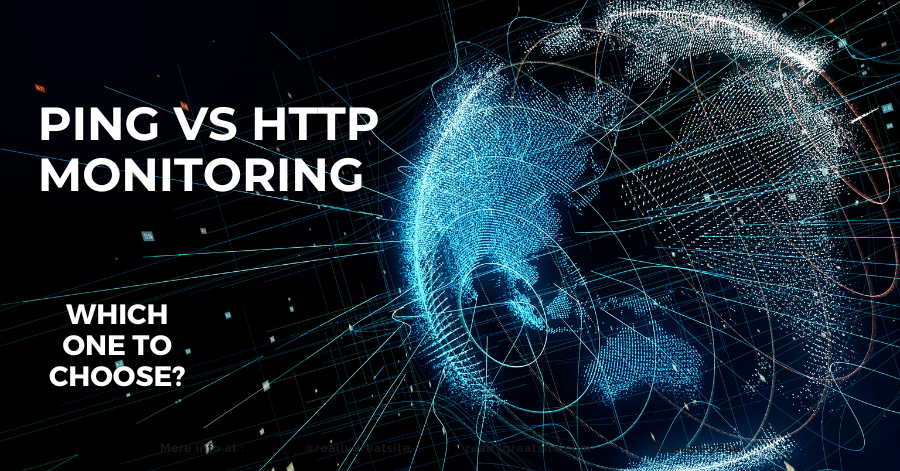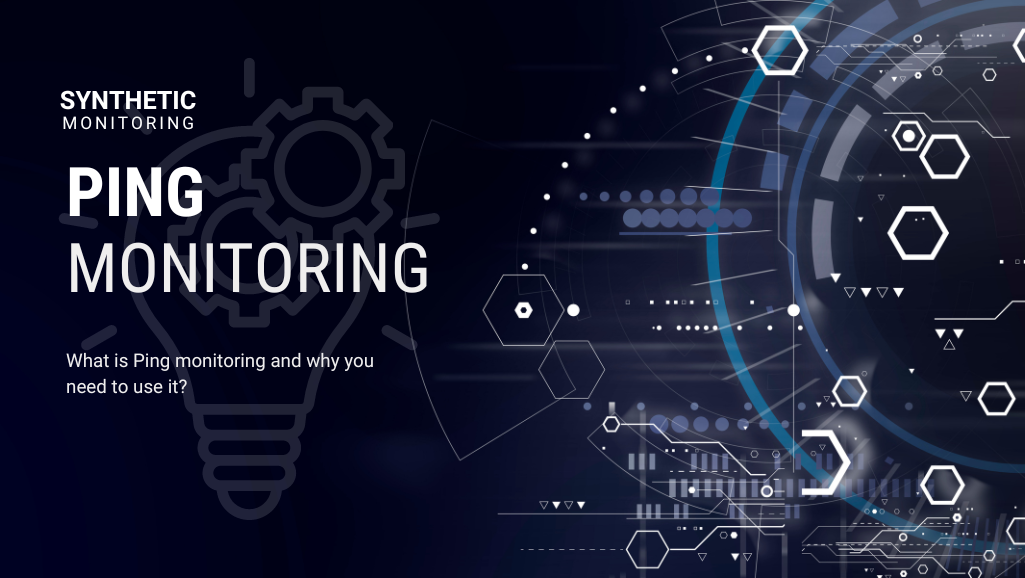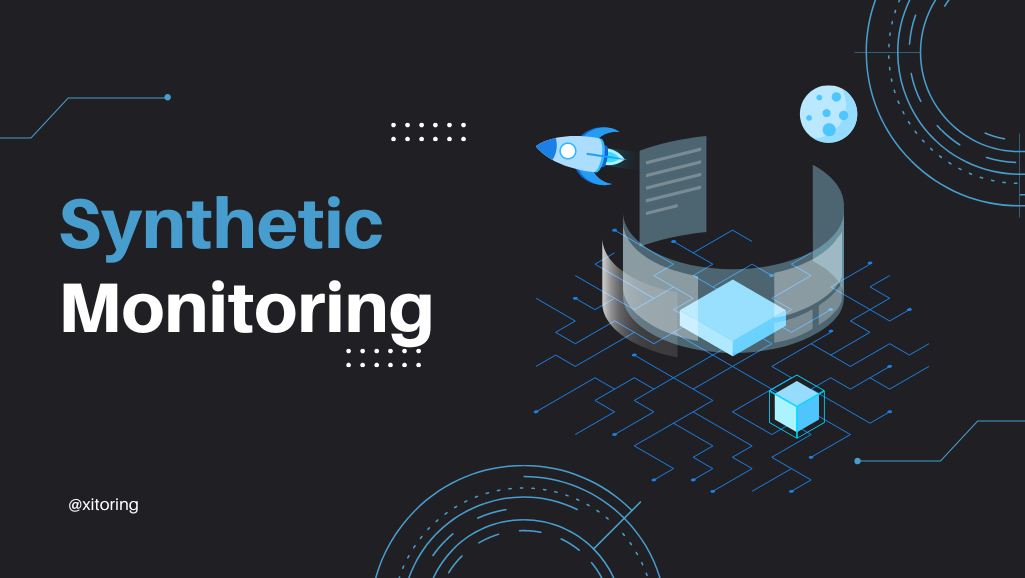إن فهم وتشخيص مشاكل الشبكة أمر بالغ الأهمية لأي مؤسسة تستخدم الإنترنت للتفاعل مع العملاء. تعد مراقبة Ping و HTTP من الموارد المهمة لمديري الشبكات ومشرفي المواقع الذين يرغبون في الحفاظ على تشغيل شبكاتهم بسلاسة وإصلاح المشاكل. كل أداة لها غرض مميز، حيث توفر نظرة ثاقبة على مختلف طبقات تشغيل الشبكة والتطبيقات.
ما هي مراقبة بينغ؟
- ما هي وظيفتها: مراقبة بينغ يستخدم ICMP (بروتوكول رسائل التحكم في الإنترنت) للتحقق من توفر جهاز الشبكة (مثل الخوادم أو الموجهات أو المحولات) على الشبكة. حيث يرسل حزمة من البيانات إلى عنوان IP محدد وينتظر الرد، ويقيس الوقت المستغرق في رحلة الذهاب والإياب.
- الغرض: والغرض الأساسي منه هو التحقق من إمكانية الوصول إلى المضيف وزمن الرحلة ذهاباً وإياباً (RTT) للرسائل المرسلة من المضيف الأصلي إلى الكمبيوتر الوجهة.
- حالات الاستخدام: يُستخدم على نطاق واسع في استكشاف أخطاء الشبكة الأساسية وإصلاحها للتحقق مما إذا كان المضيف يعمل على الشبكة. يساعد في تحديد مشاكل الاتصال بالشبكة ووجود جدران حماية أو ازدحام الشبكة.
- القيود: لا توفر مراقبة بينغ معلومات حول أداء البروتوكولات ذات المستوى الأعلى (مثل HTTP) أو المشكلات الخاصة بالتطبيق. إنه يخبرك فقط ما إذا كان يمكن الوصول إلى المضيف، وليس ما إذا كانت خدمة الويب أو التطبيق يعمل بشكل صحيح.


